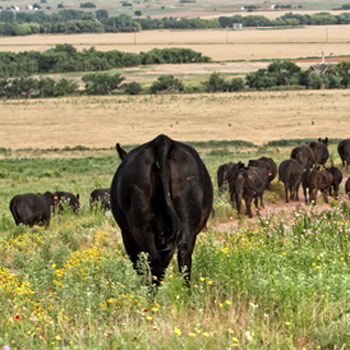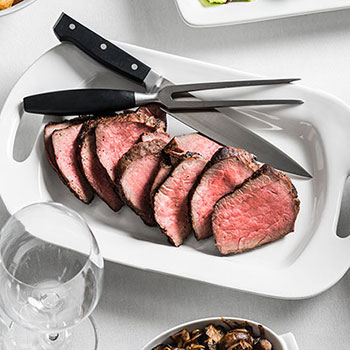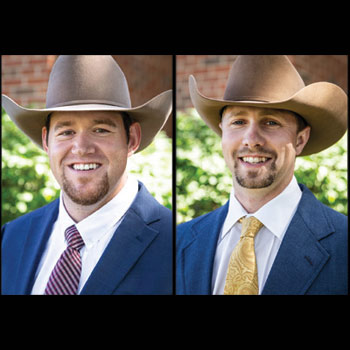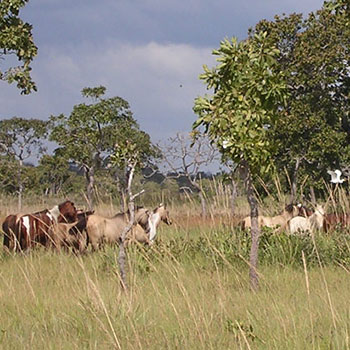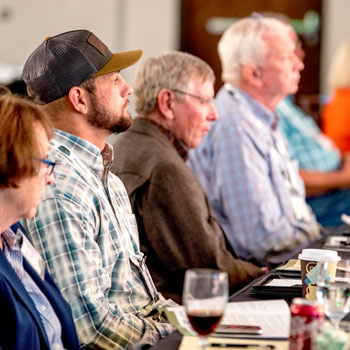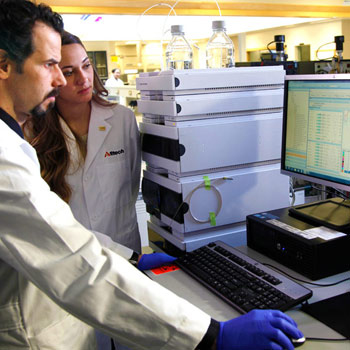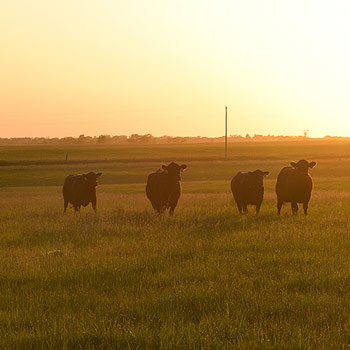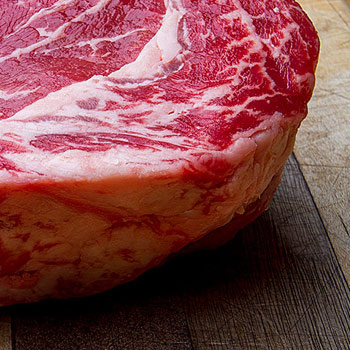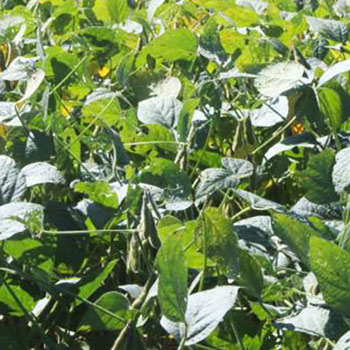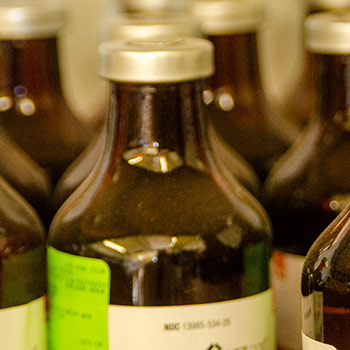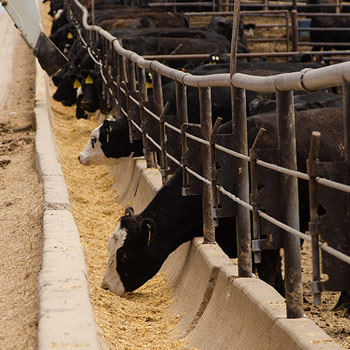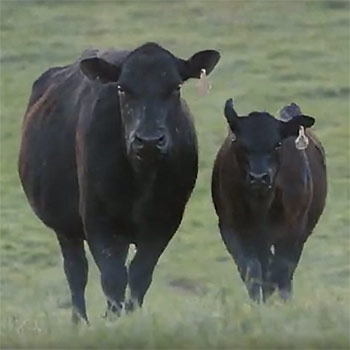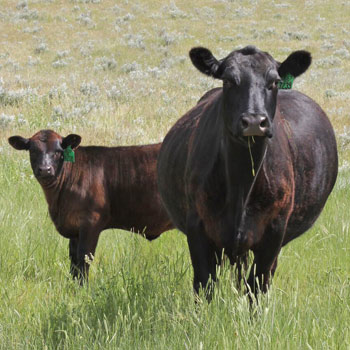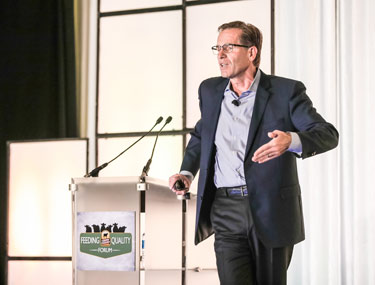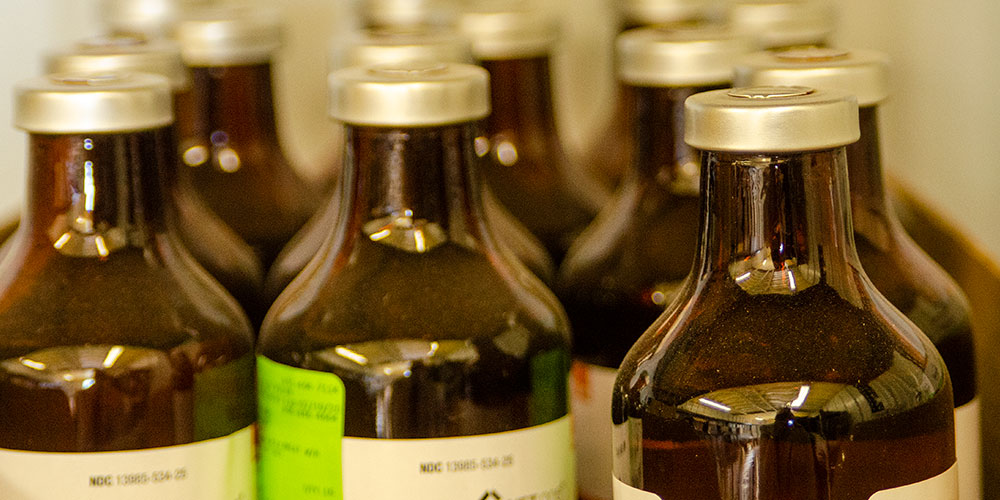
Are You Protecting Calves From BRSV?
This lesser-known respiratory disease can have major effects on their health.
Big temperature swings common during seasonal transitions can be stressful for cattle. That, combined with the stress of changing their environments, including weaning or mixing calves, opens the door for respiratory diseases to creep into your herd.
“Respiratory diseases tend to be more common in the fall, but we also see an uptick in them whenever animals experience stress, including in the summer when calves are put out on pasture,” says Joe Gillespie, veterinarian with Boehringer Ingelheim.
One respiratory disease that doesn’t get as much attention is bovine respiratory syncytial virus (BRSV). It occurs roughly one-third as often as bovine viral diarrhea virus (BVDV), but it can be more serious than parainfluenza-3 (PI3), according to many experts.
BRSV was first diagnosed in animals in the 1970s and comes from the same virus family as the human version, which causes similar symptoms in young children.
“In cattle it causes more morbidity than death,” Gillespie said. “It’s the long-term presence of the disease that can have serious financial impact on herd productivity. Infected cattle don’t eat much and don’t gain weight, and their immune system is compromised.”
Weakened immunity The economic effect of the bovine respiratory disease complex can be significant. Average daily gain (ADG) for cattle infected with these diseases can be reduced by one-quarter pound per day, notes Gillespie.1
In the case of BRSV, the viral infection also weakens the animal’s immune system, often allowing for a secondary bacterial infection resulting in pneumonia. The virus initially infects the upper respiratory tract, with an incubation period of three to five days. Early clinical signs include mild nasal and eye discharge, fever, increased respiratory rate, decreased feed and water intake, and coughing.
“Between the fifth and seventh days after infection, calves are usually really sick and running a high fever,” says Gillespie. “The biggest challenge with this disease is that once the animal is presenting clinical signs, it’s already weakened.”
Antibiotics can be given to treat the secondary infection, but little can be done to treat BRSV, other than providing fluids with energy supplements.
“Infected animals could have permanent lung damage, and most will never gain as much weight as healthy animals,” he says.
Prevention is key Because BRSV is endemic to the United States, it’s everywhere, he notes. A good preventive care plan includes vaccinating both cows and calves.
“If a cow has been vaccinated and has good immunity to BRSV, she will pass it to the calf in the colostrum, which will help to protect the calf for the first few months until it develops its own immunity,” says Gillespie. “Vaccinating the calf at about 45 days of age allows you to develop that immunity at a critical stage, providing protection before it gets exposed.”
Research shows that the calf’s immunity level improves and shows some protection already at four to five days after vaccination, but it typically takes 14 to 21 days for it to develop the full complement of immune cells, he adds.2
“Immune cells create memory to recognize diseases such as BRSV, but that memory weakens over time. So, you need to revaccinate calves again five to six months later, and cows annually to continue to protect them,” adds Gillespie.
Editor’s note: This article is from broadhead on behalf of Boehringer Ingelheim.
1 Smith RA. Impact of disease on feedlot performance: a review. J Anim Sci 1998;76:272-274.
2 West K, Petrie L, et al. The efficacy of modified-live bovine respiratory syncytial virus vaccines in experimentally infected calves. Vaccine 2000;18(9-10):907-919.
